BMW has priced up its second fully electric model, the BMW iX3, which is available to pre-order today ahead of UK customer deliveries commencing in summer 2021.
Two exclusive variants will be offered at launch: the Premier Edition and Premier Edition Pro, which are priced from £61,900 and £64,900 respectively. Although not confirmed, cheaper variants could follow at a later date.
The Premier Edition comes as standard with kit including 20in alloy wheels with an aerodynamic design, an electric tailgate, adaptive suspension and a panoramic sunroof. Electrically adjustable heated front seats, wireless smartphone charging and a suite of driver assistance systems are also thrown in. Four exterior paint colours, two exterior trim colours and four Vernasca leather colours are offered.
The Premier Edition Pro brings more features, such as a head-up display, a Harman Kardon surround-sound system, gesture control, automatic high-beam, adjustable lumbar support and Parking Assistant Plus. It also features BMW's new IconicSounds Electric augmented ‘engine’ sound generation, developed in conjunction with composer Hans Zimmer.
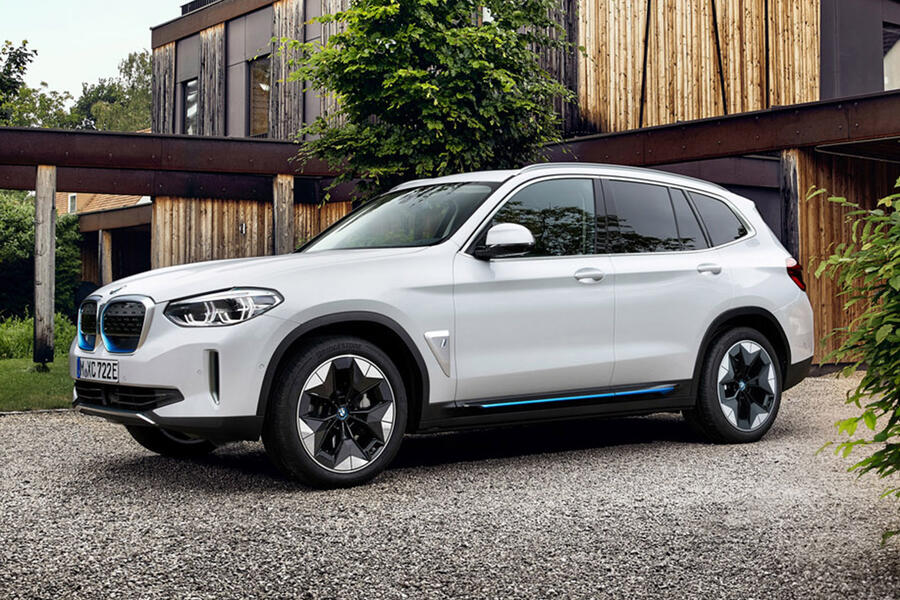
Based on the third-generation BMW X3, the electric SUV is positioned above the BMW i3 supermini and introduces what BMW describes as its fifth-generation eDrive system. This features a newly developed electric-motor-and-battery combination that provides it with 282bhp and an official WLTP range of 285 miles.
First previewed at the 2018 Beijing motor show, the iX3 breaks new ground by being the first BMW to be produced in China for export to key world markets.
Production of the iX3, the first of three new electric, i-branded BMW models due to go on sale within the next 18 months, will take place exclusively at a joint-venture factory operated by BMW and Chinese car maker Brilliance in Shenyang, Liaoning, with right-hand-drive UK deliveries planned to begin next March.

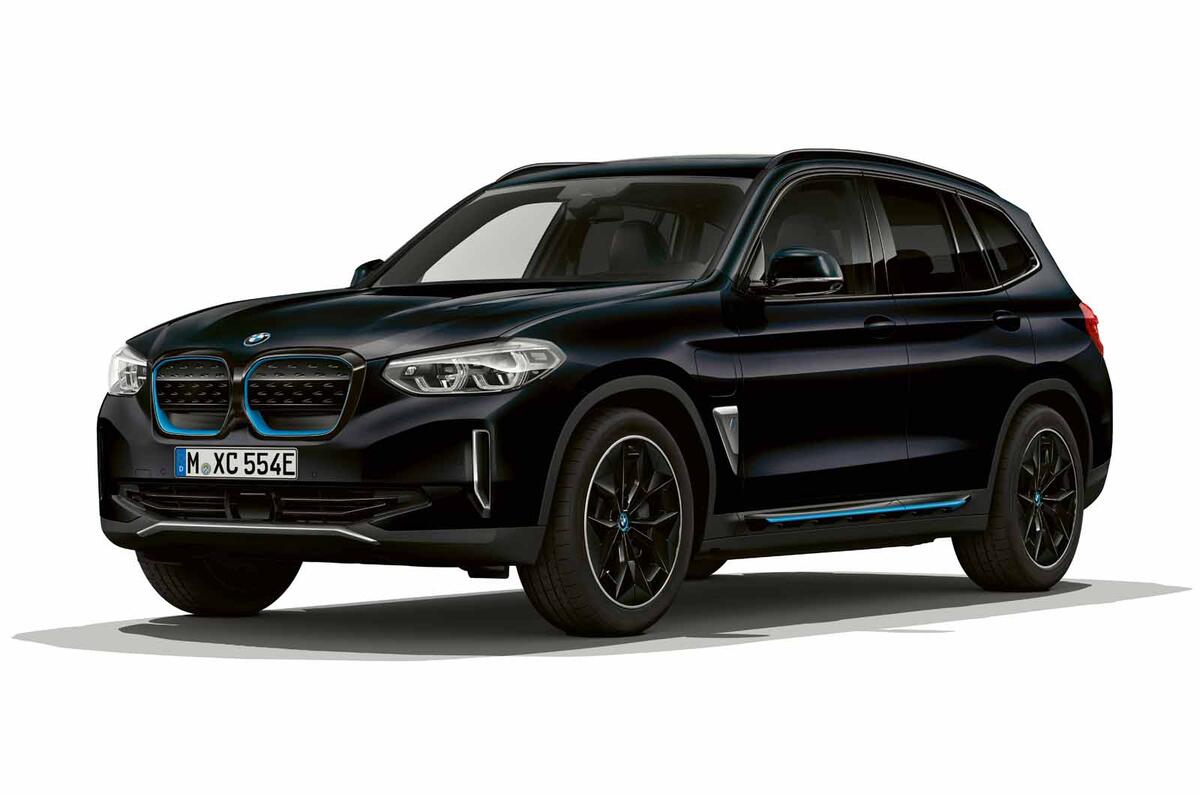
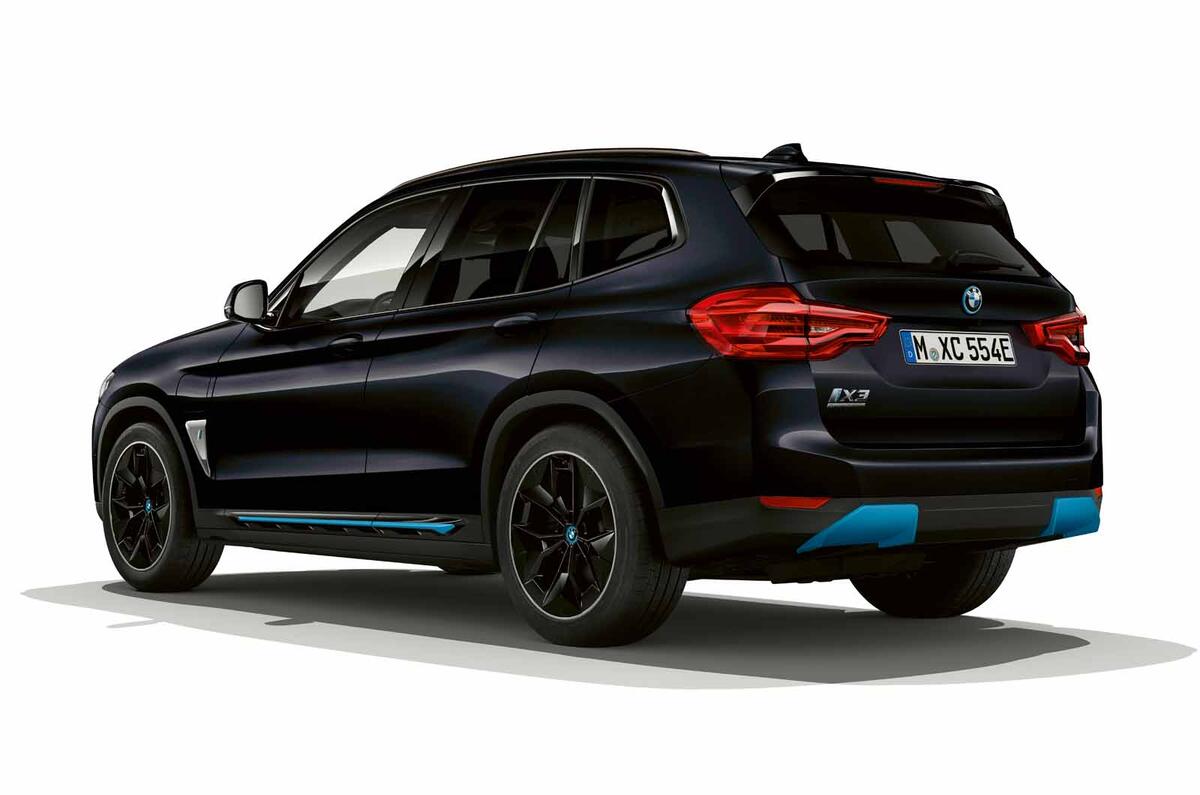
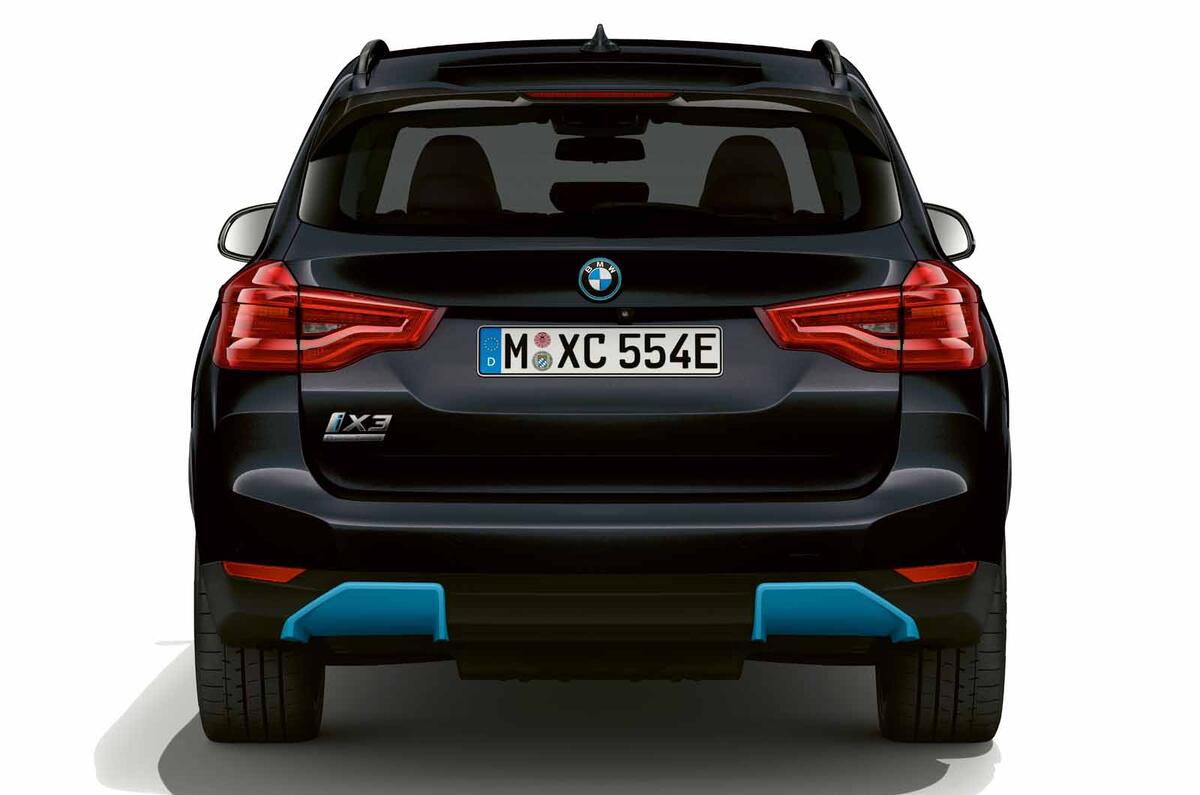
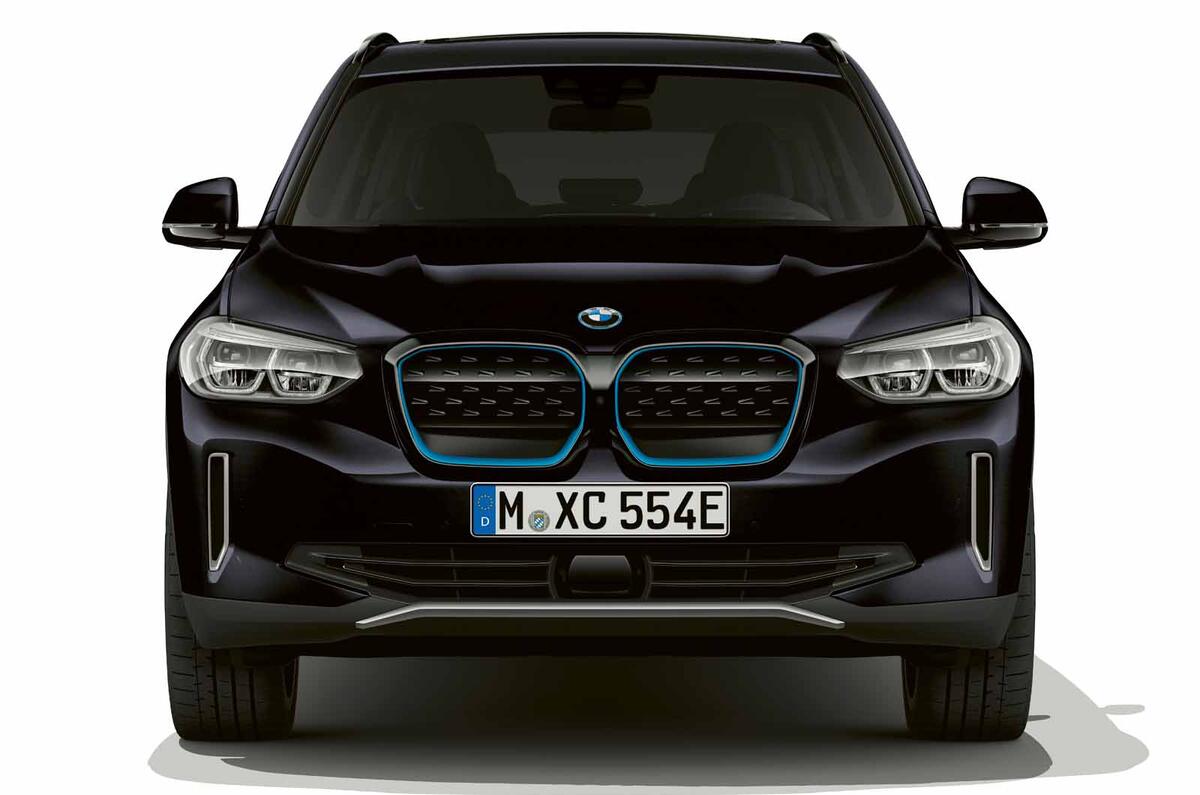
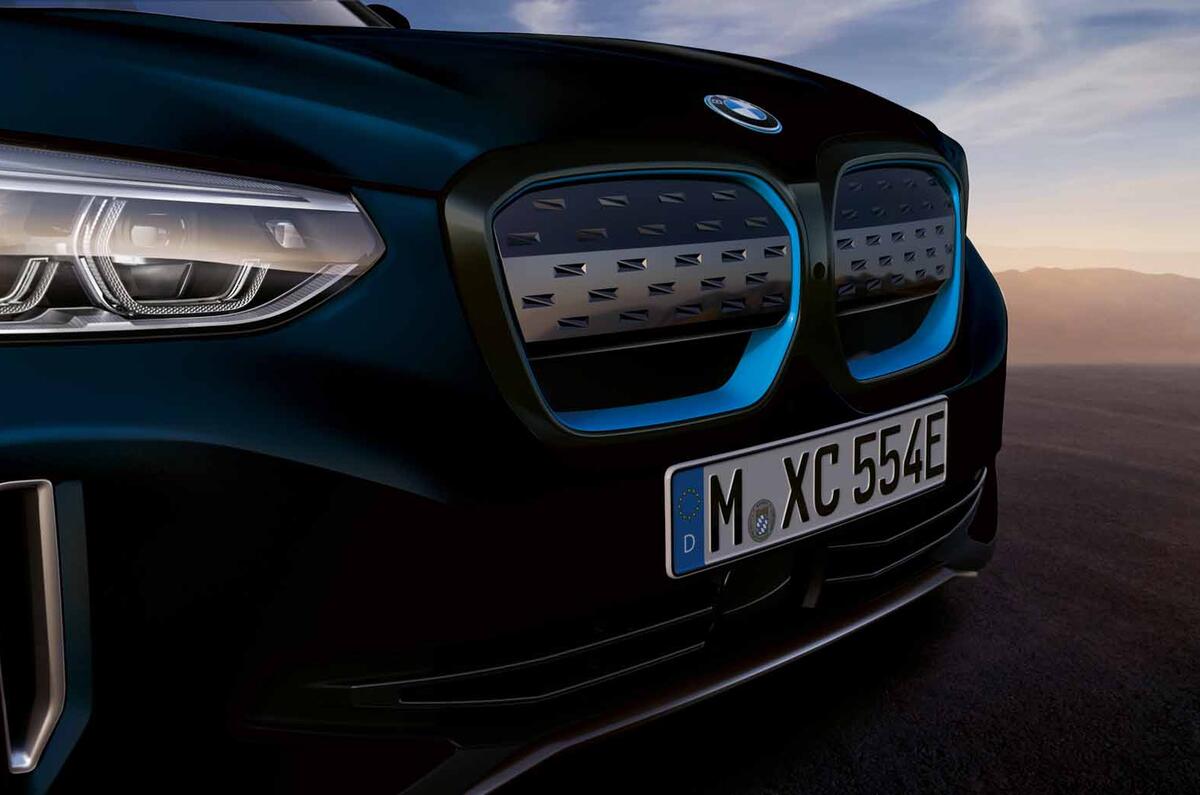
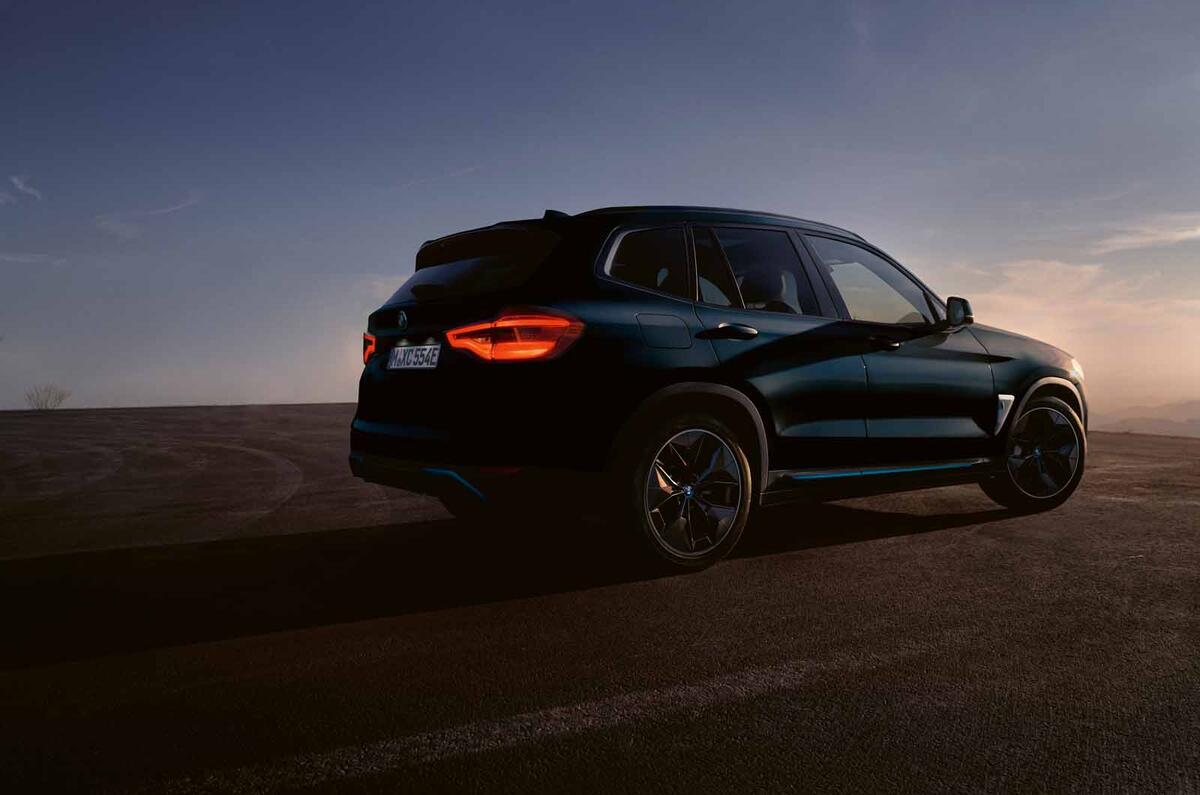
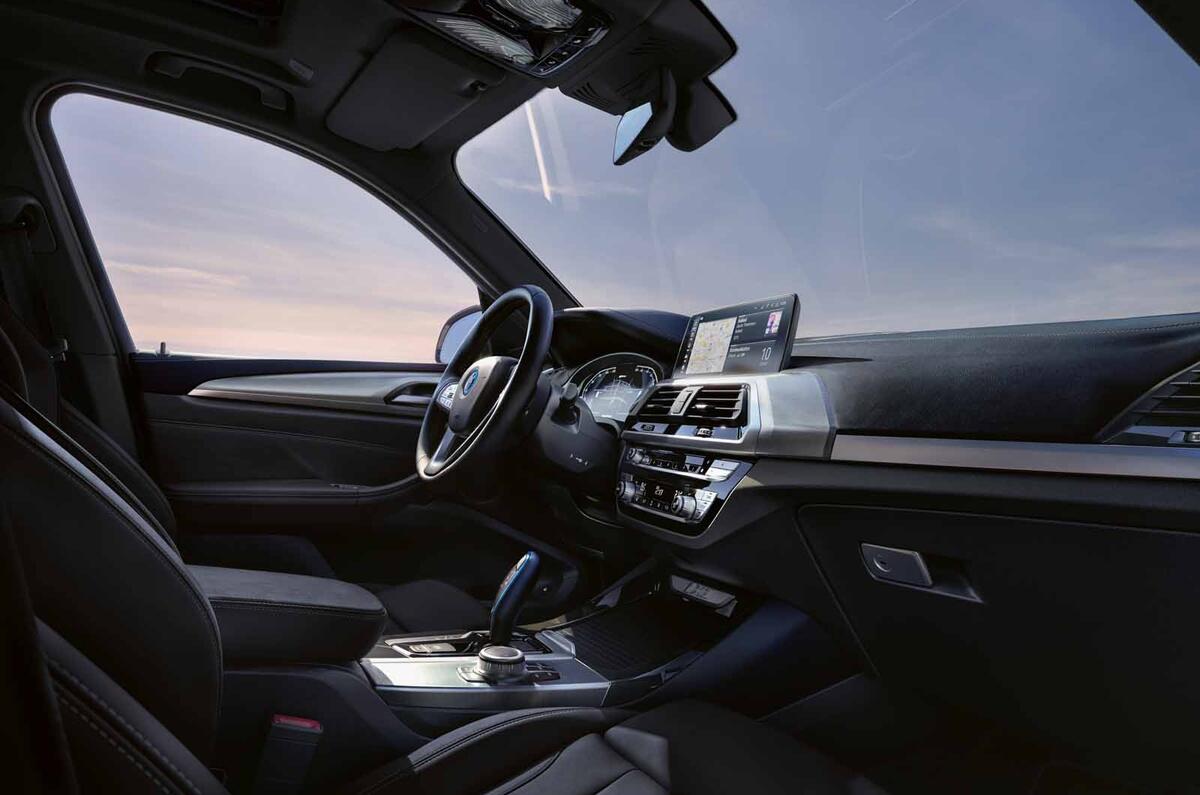
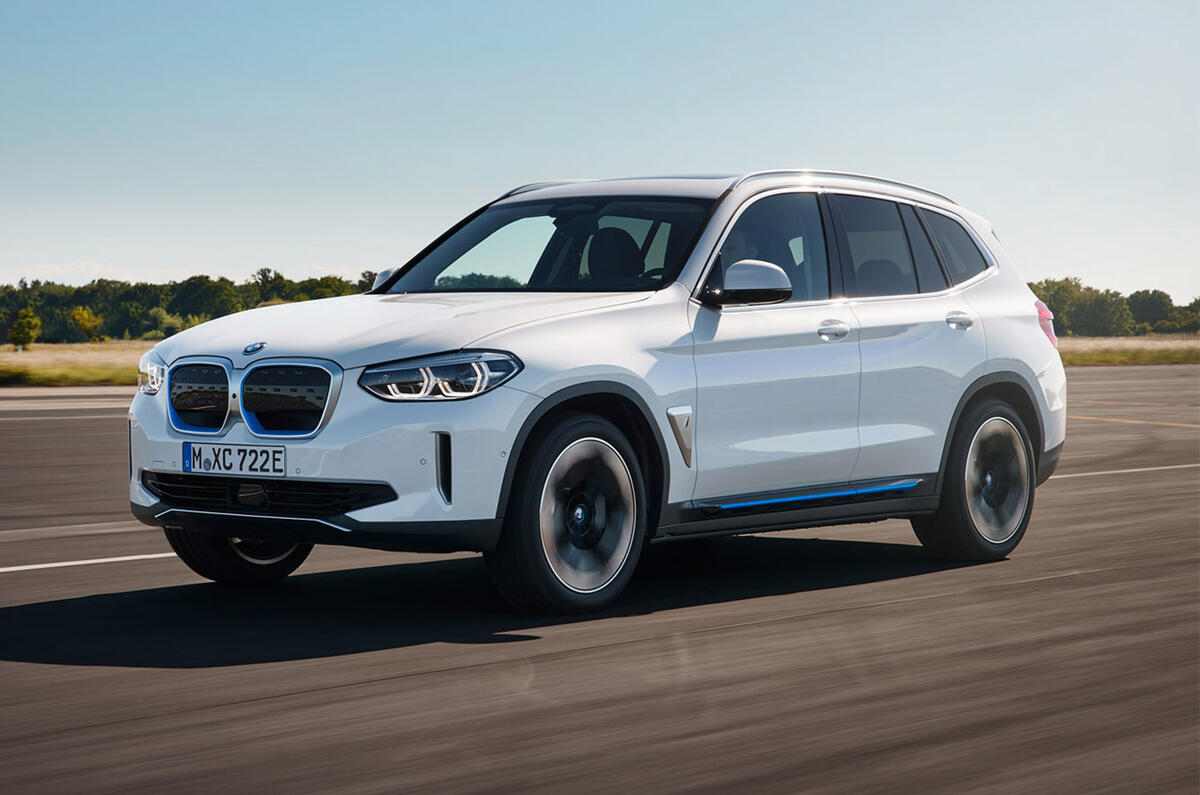
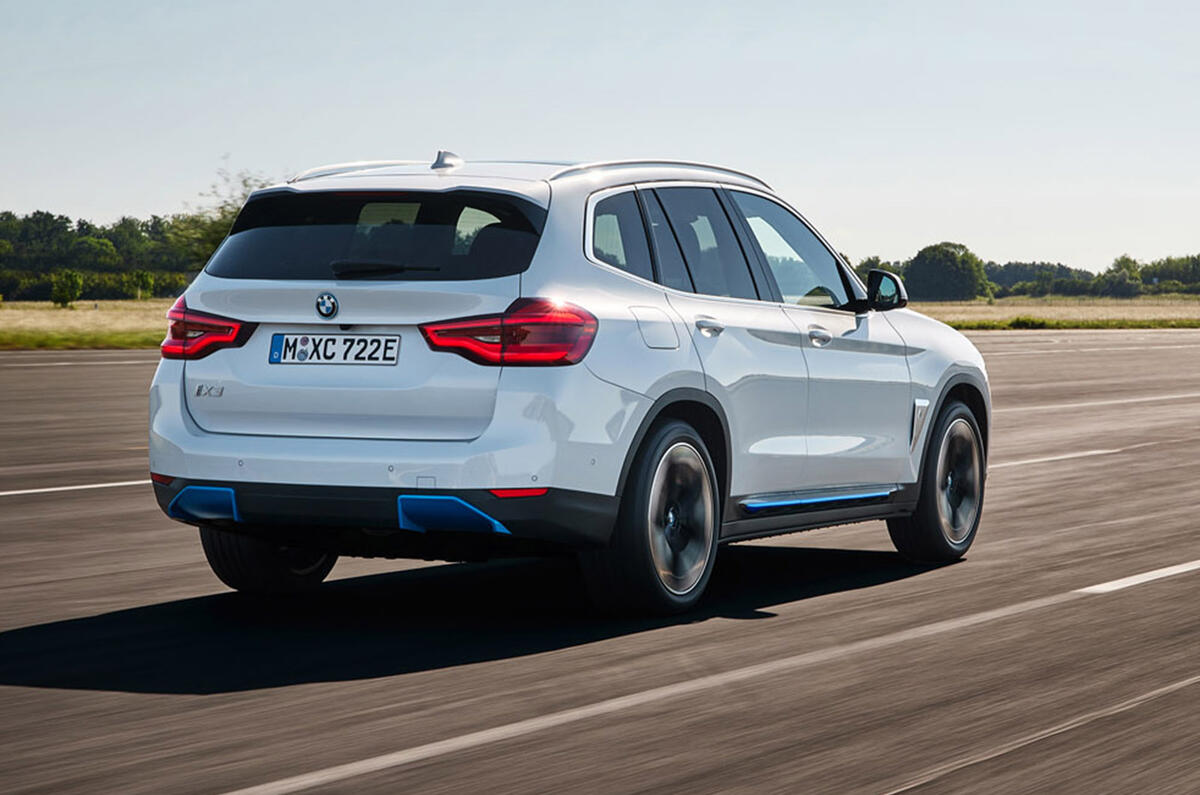
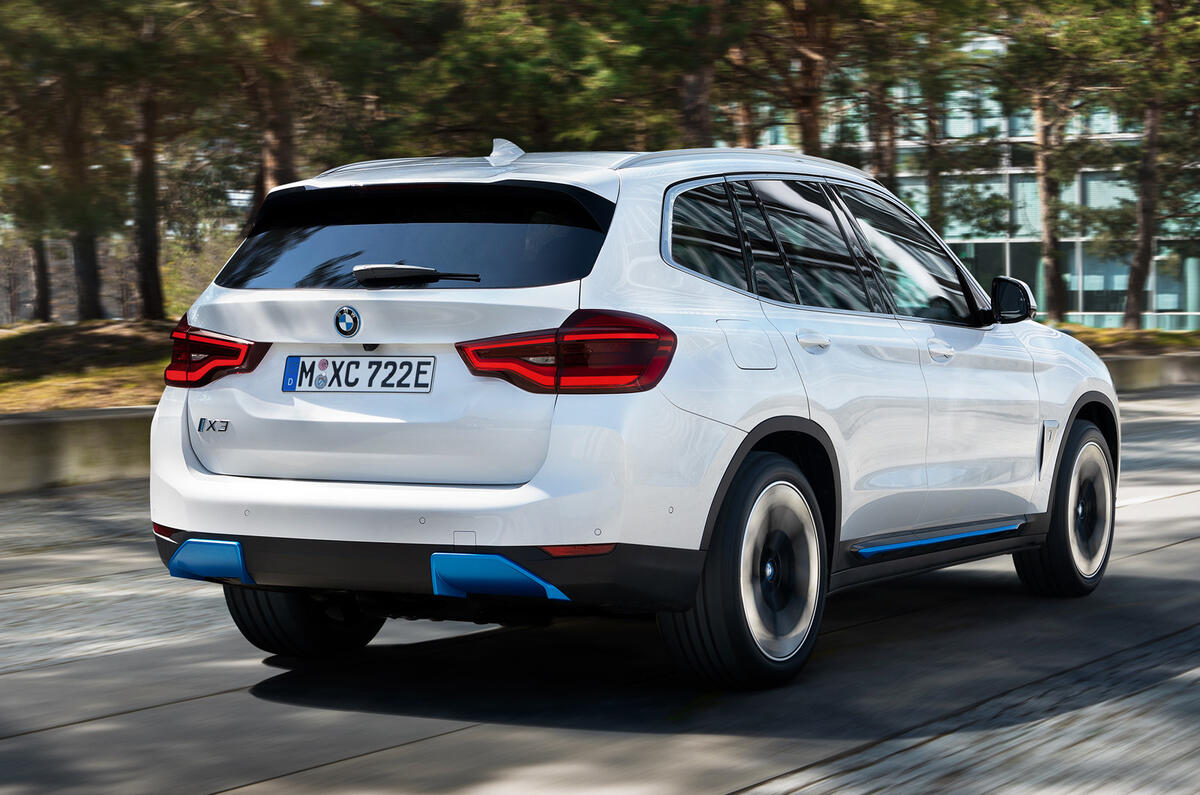
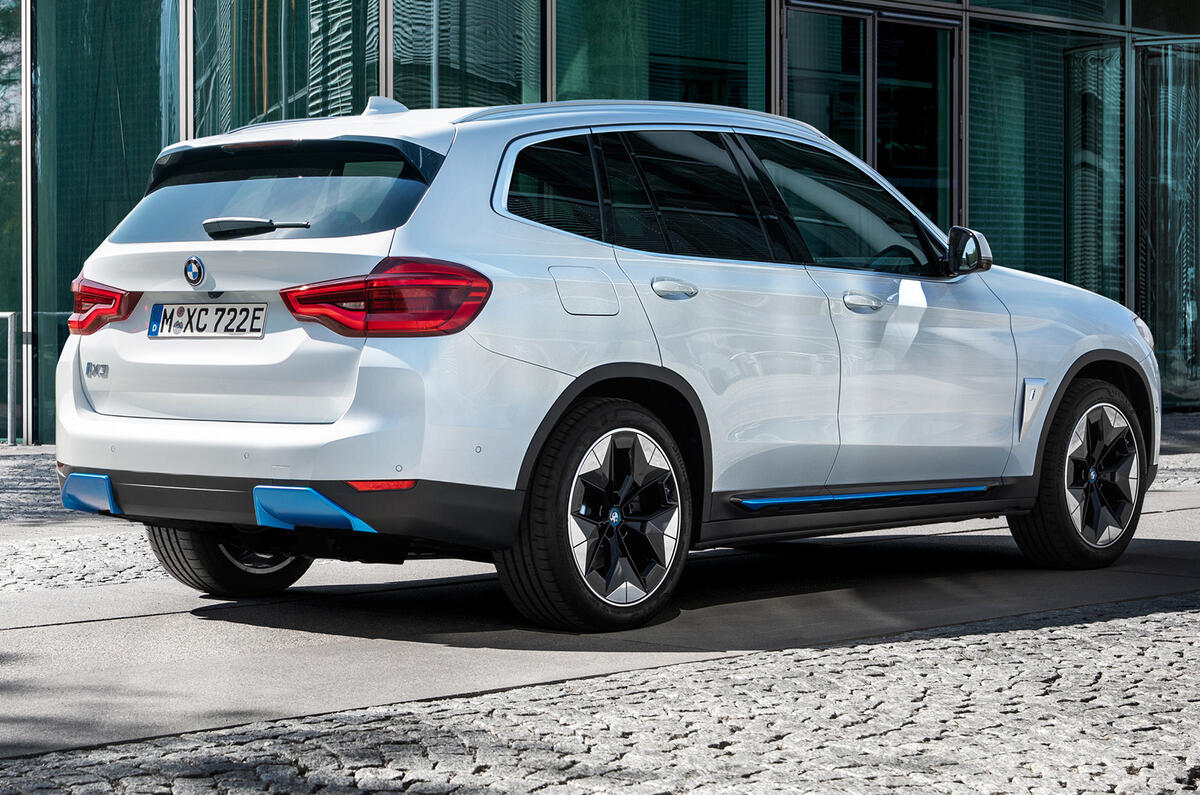

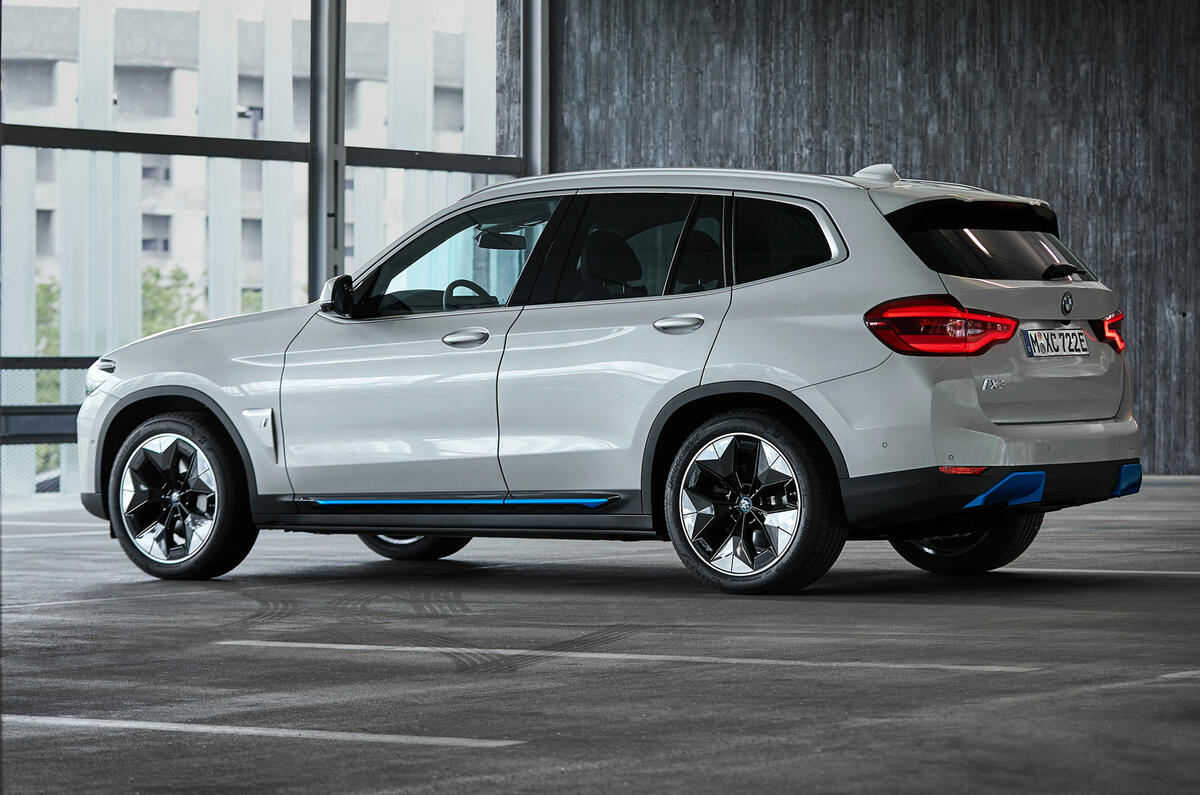

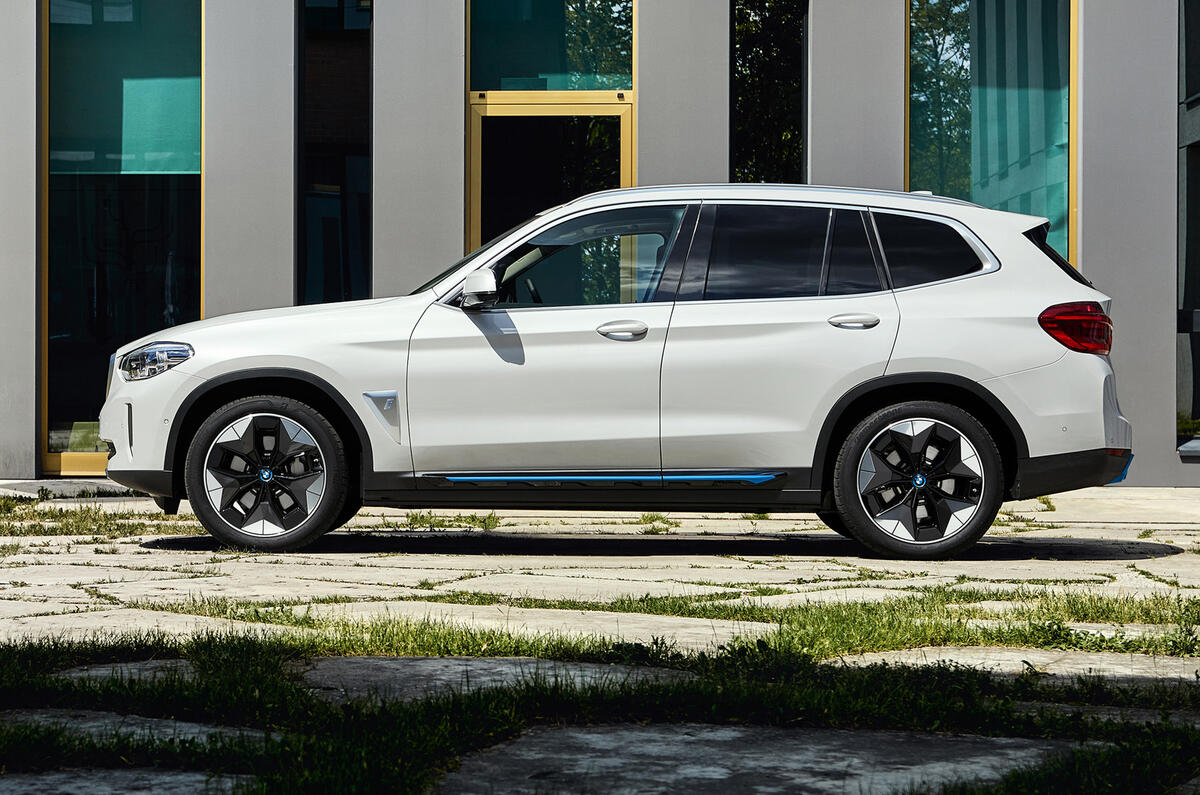
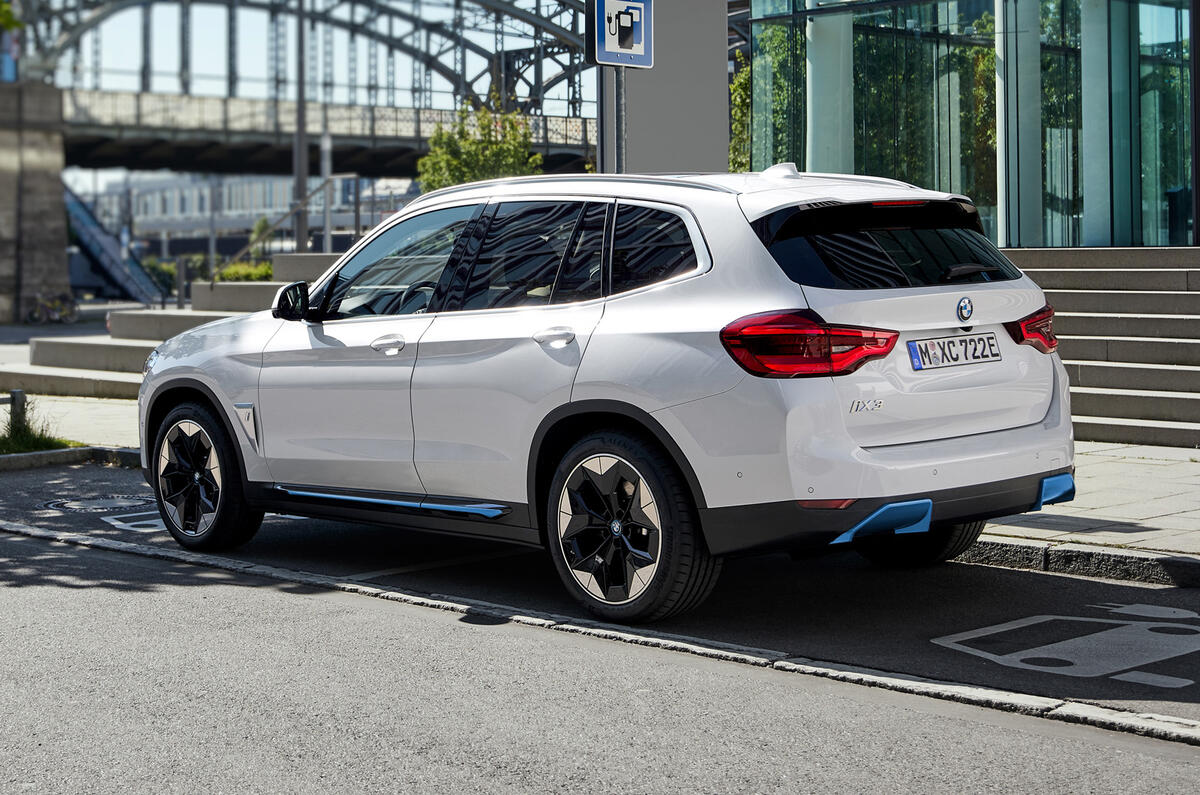
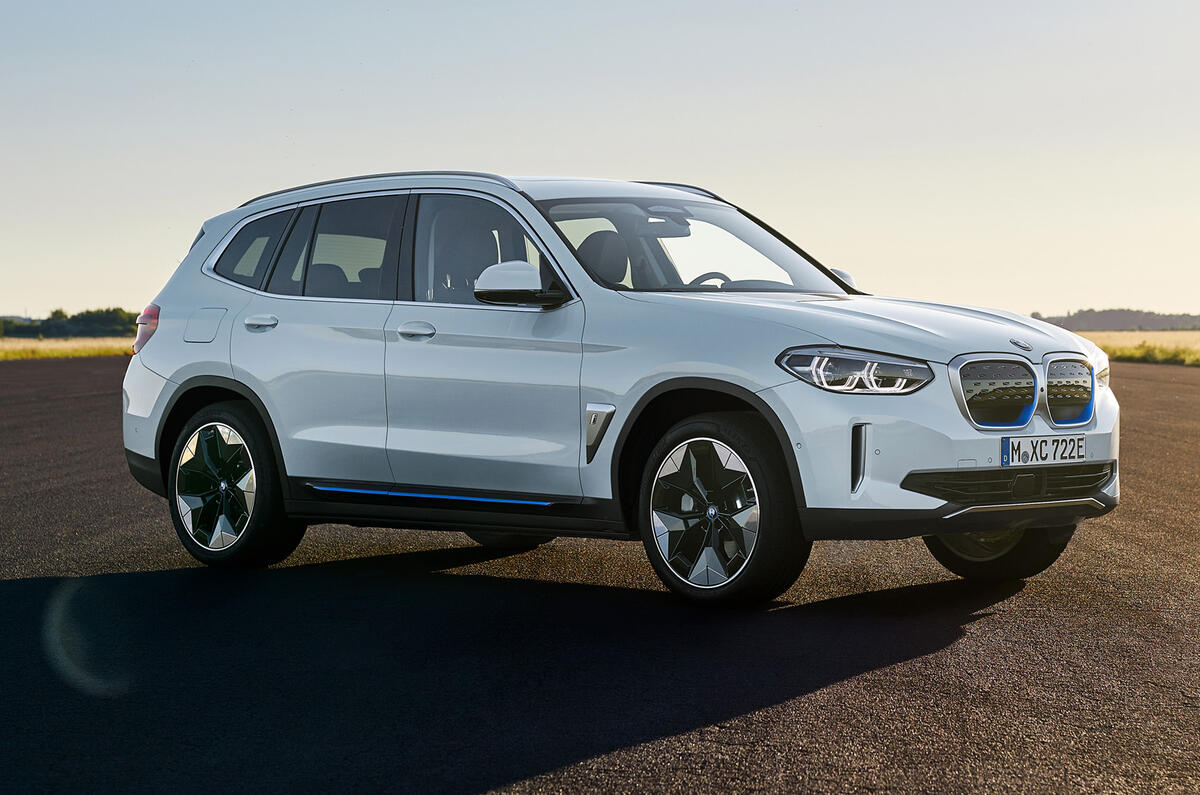
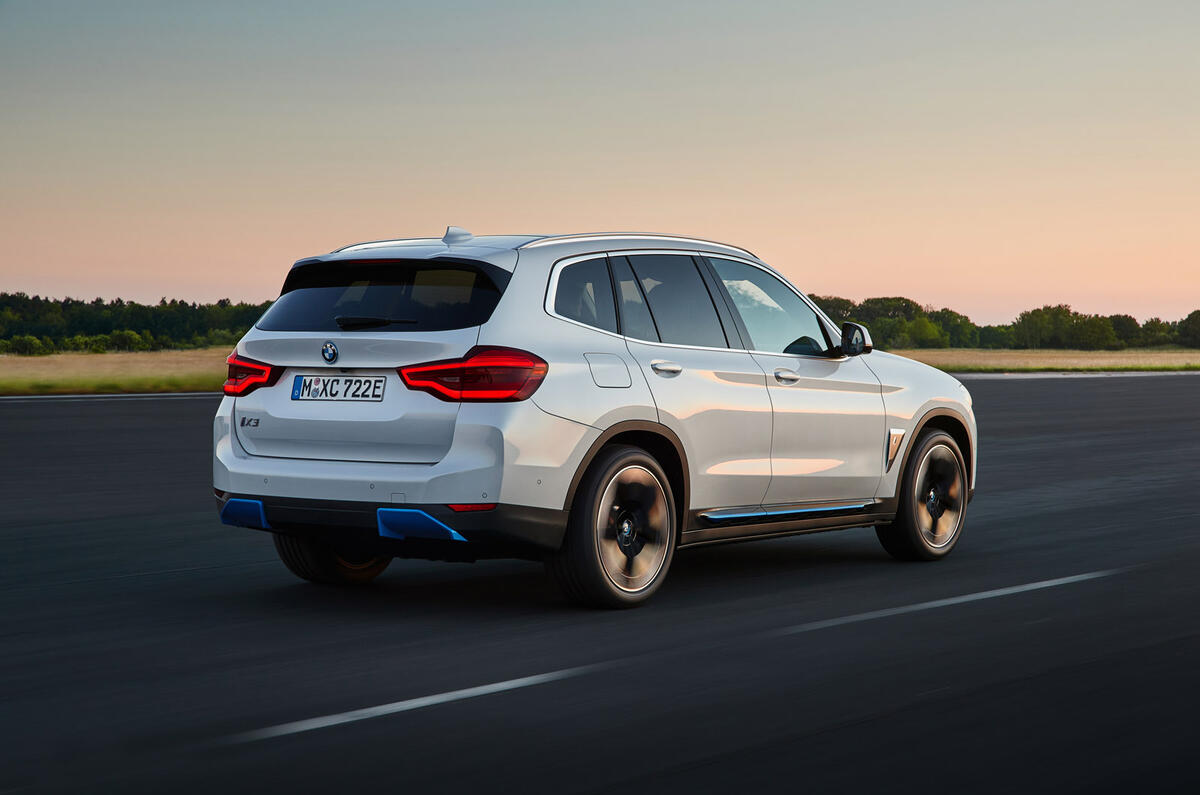
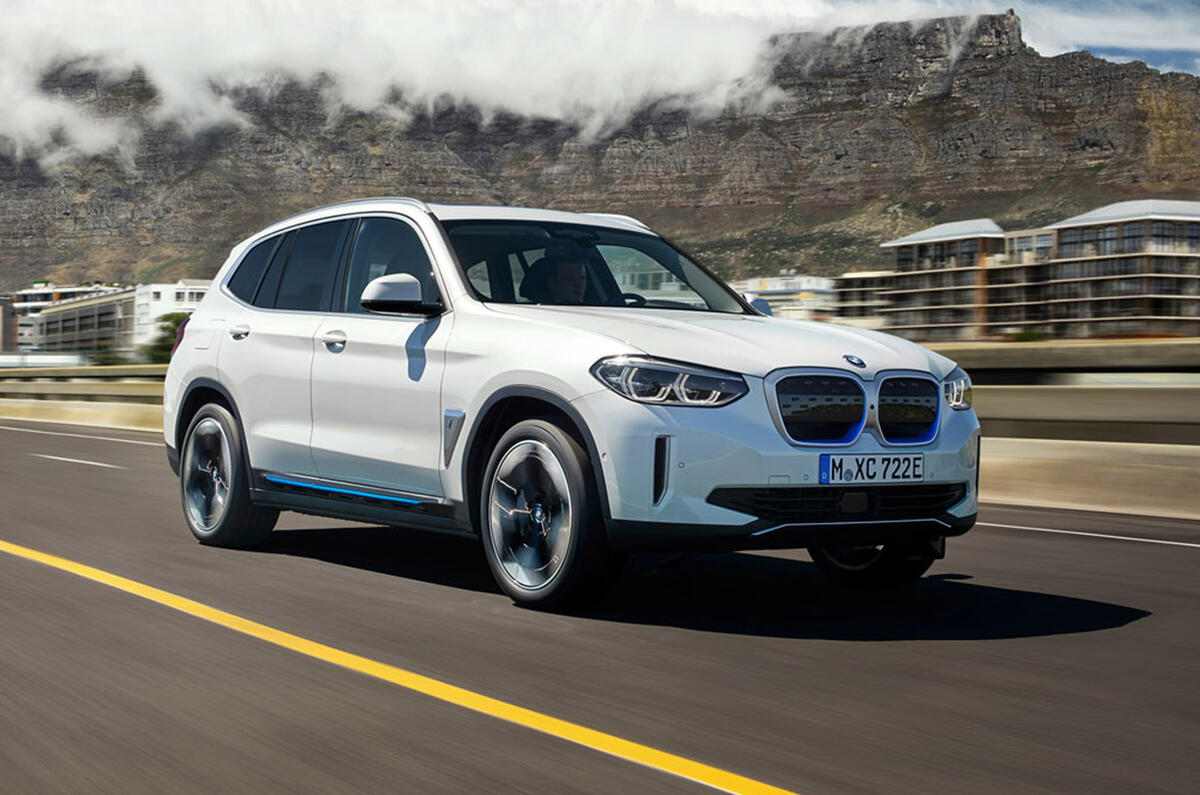
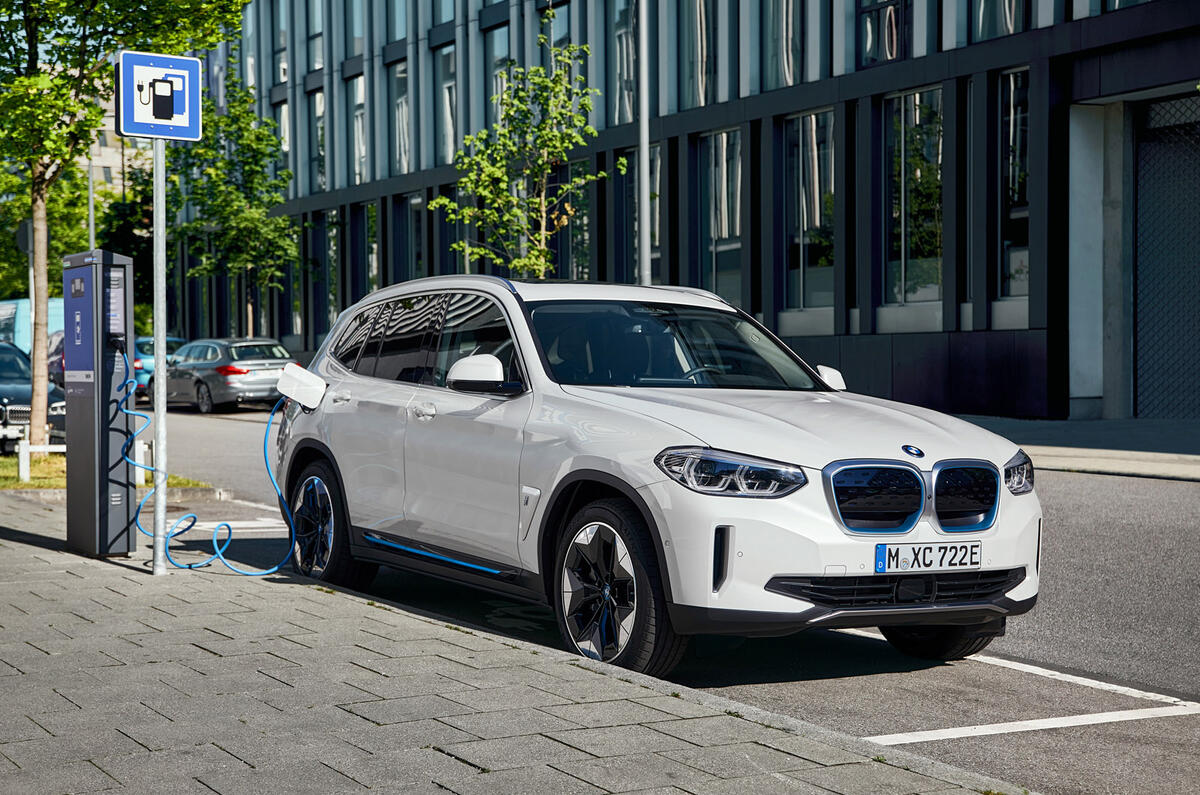
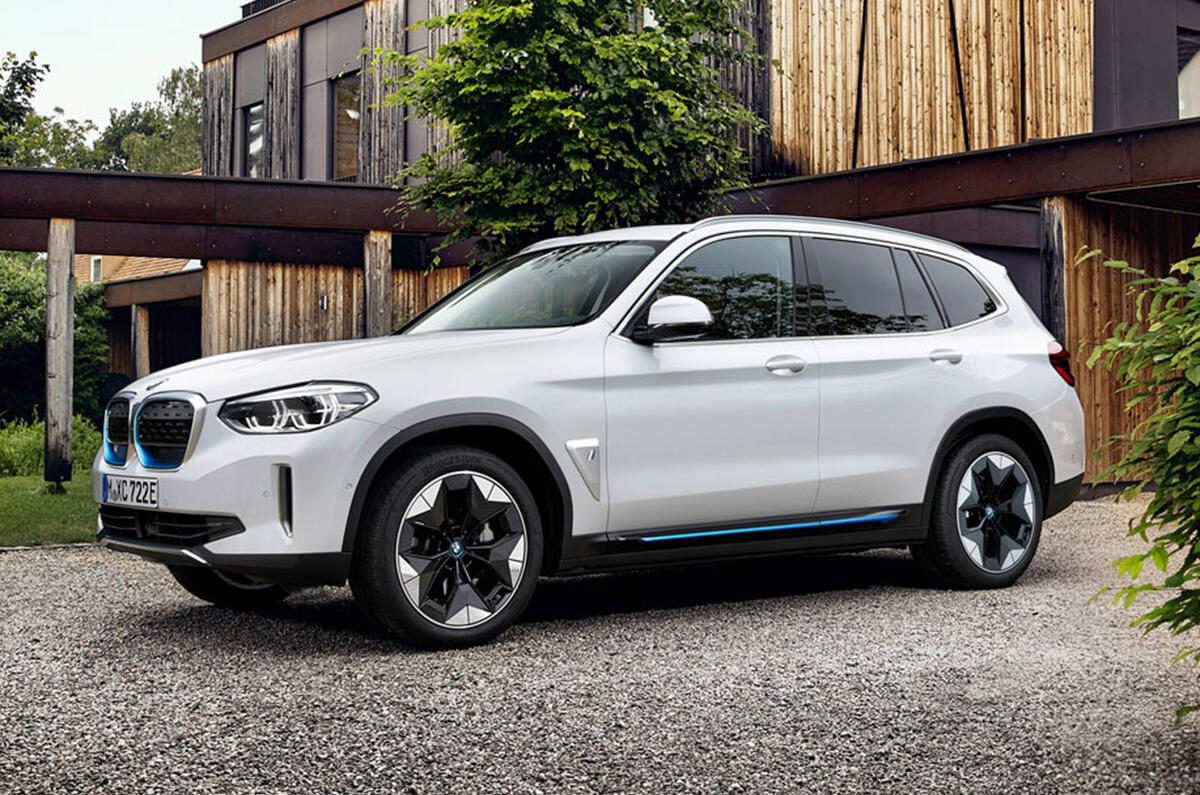
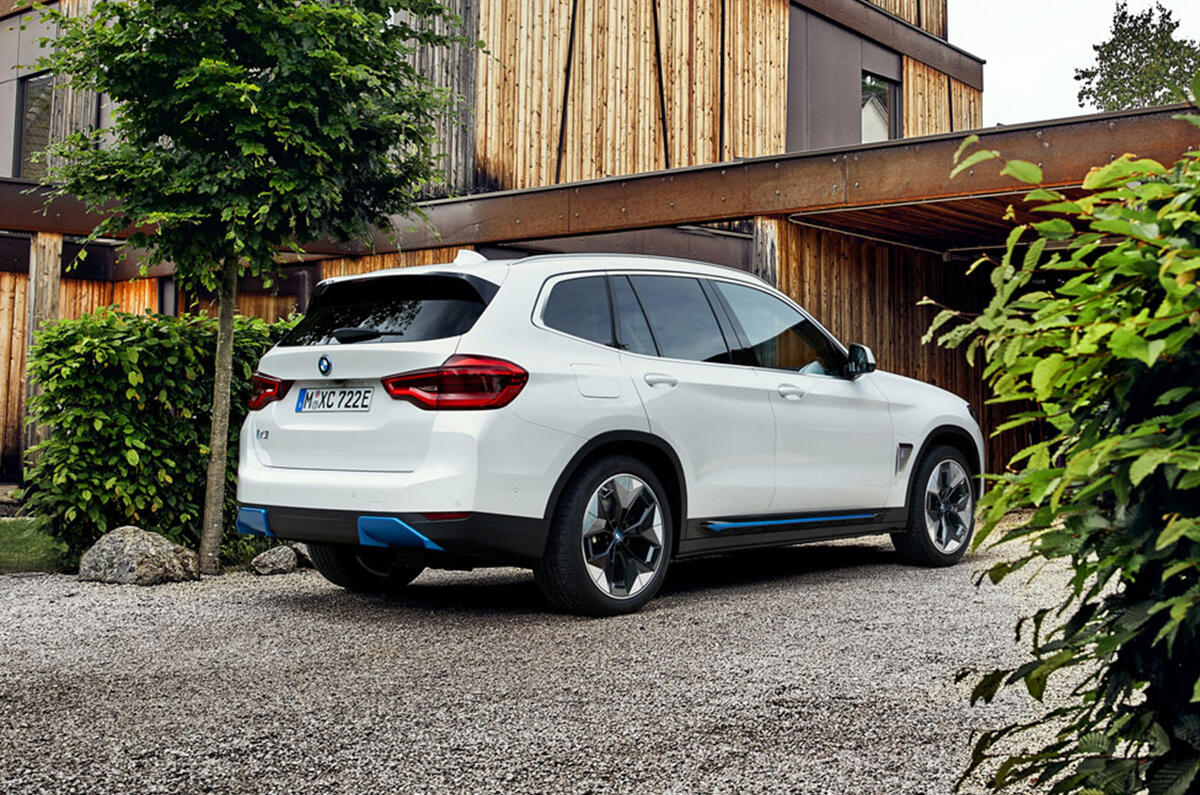
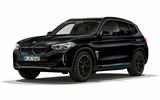



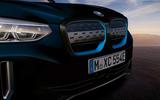

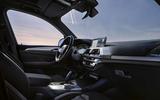
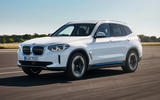
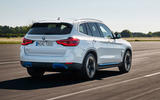
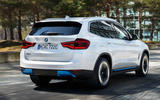

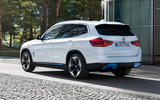
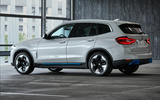
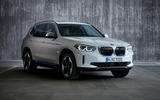
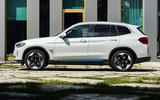
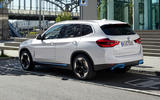
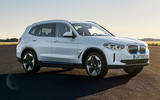
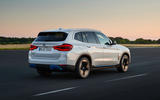
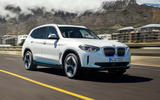
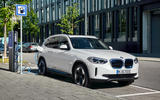
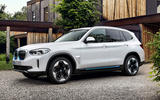
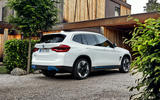

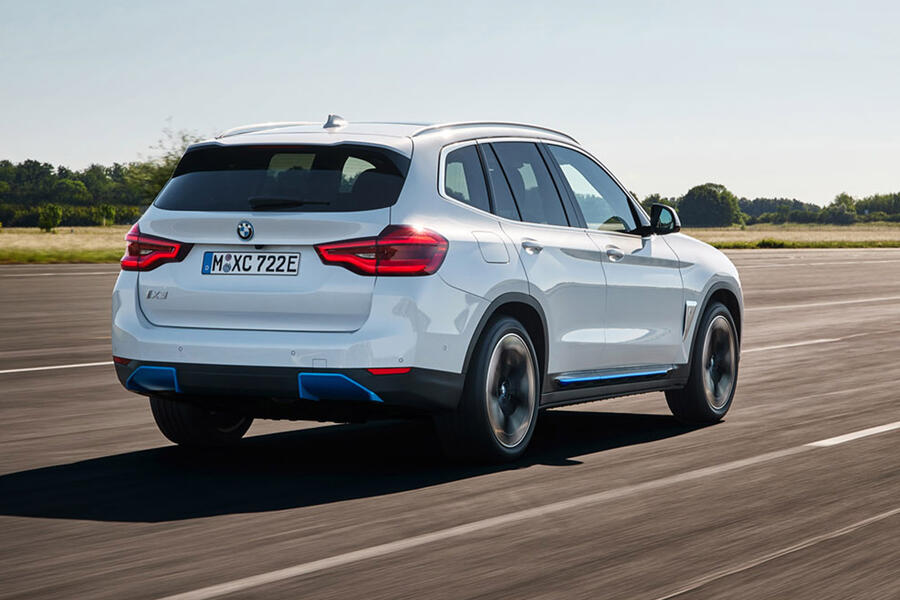

Join the debate
Add your comment
it is a fk of a design
So ugly and high price
Step back
I had an i3, one of the first BEV ones. I loved it even though it had several 'quirks'. For the last 3.5 years I've had a 340i xDrive and am itching to get back in an EV.
Given how far ahead the i3 was this car is a similar amount behind. I sold the i3 as I needed AWD. Hence I won't be looking at this one.
I did try an e-tron recently and was pleasantly surprised. The Model Y could fit the bill but is probably too far off (and a Tesla made in a new factory does raise quality concerns). I'm trying not to try the Taycan as I know the man-maths will kick in.
BMW had a good lead in EVs but decided to throw it away.
Step back
I had an i3, one of the first BEV ones. I loved it even though it had several 'quirks'. For the last 3.5 years I've had a 340i xDrive and am itching to get back in an EV.
Given how far ahead the i3 was this car is a similar amount behind. I sold the i3 as I needed AWD. Hence I won't be looking at this one.
I did try an e-tron recently and was pleasantly surprised. The Model Y could fit the bill but is probably too far off (and a Tesla made in a new factory does raise quality concerns). I'm trying not to try the Taycan as I know the man-maths will kick in.
BMW had a good lead in EVs but decided to throw it away.